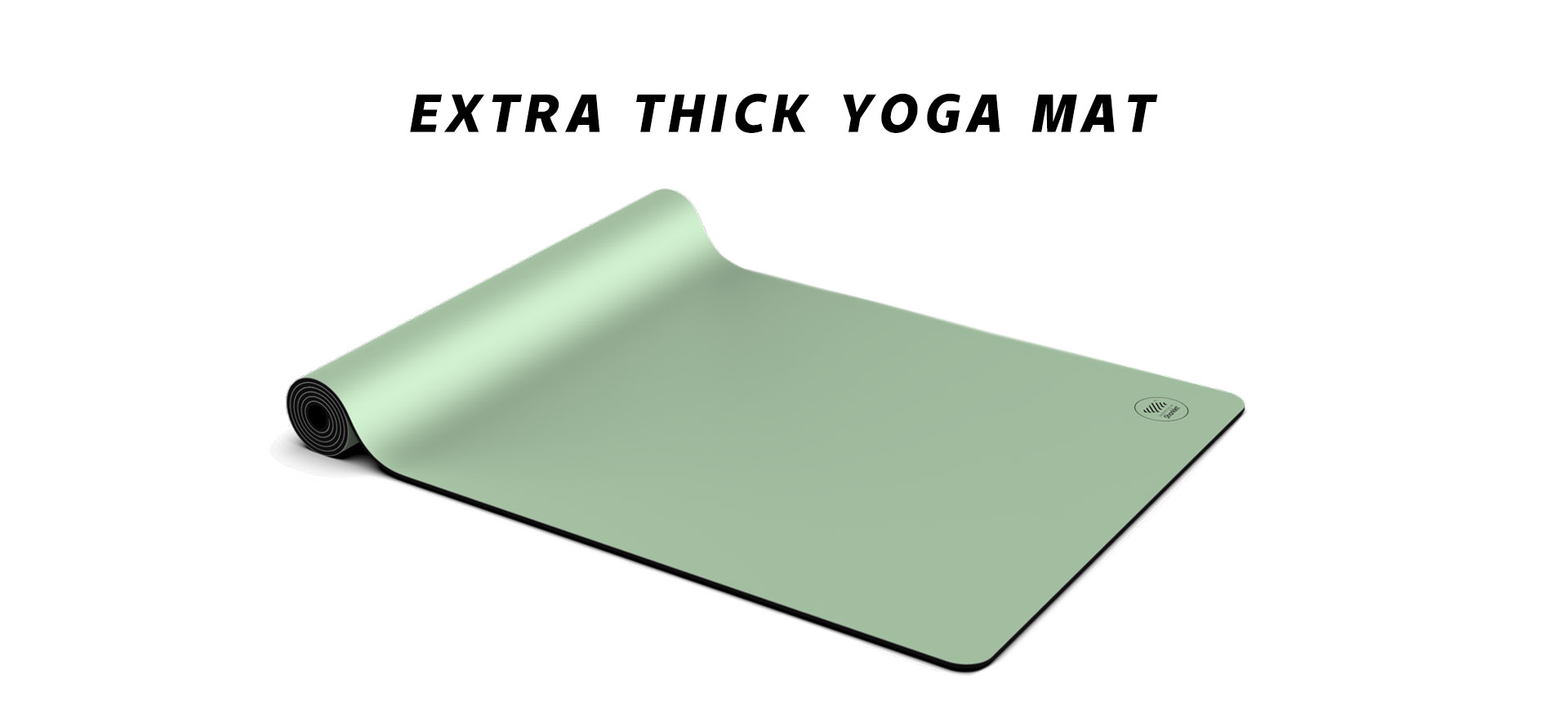
The search for the best yoga mat thickness can take you from the extra thick yoga mats that give you much more security for your joints to the ultra-slim traveling mats made for convenience on the move. With many choices, it’s easy to get perplexed about which is perfect for your everyday yoga practice.
If you’re reading this, you probably recognize that mats are not just something to place in between your body and the floor when you exercise.
It’s way more than that: your mat is that crucial piece of workout device that helps you feel supported, sustained, and gives you the best protection for your joints and being gorgeous and motivating for your practice.
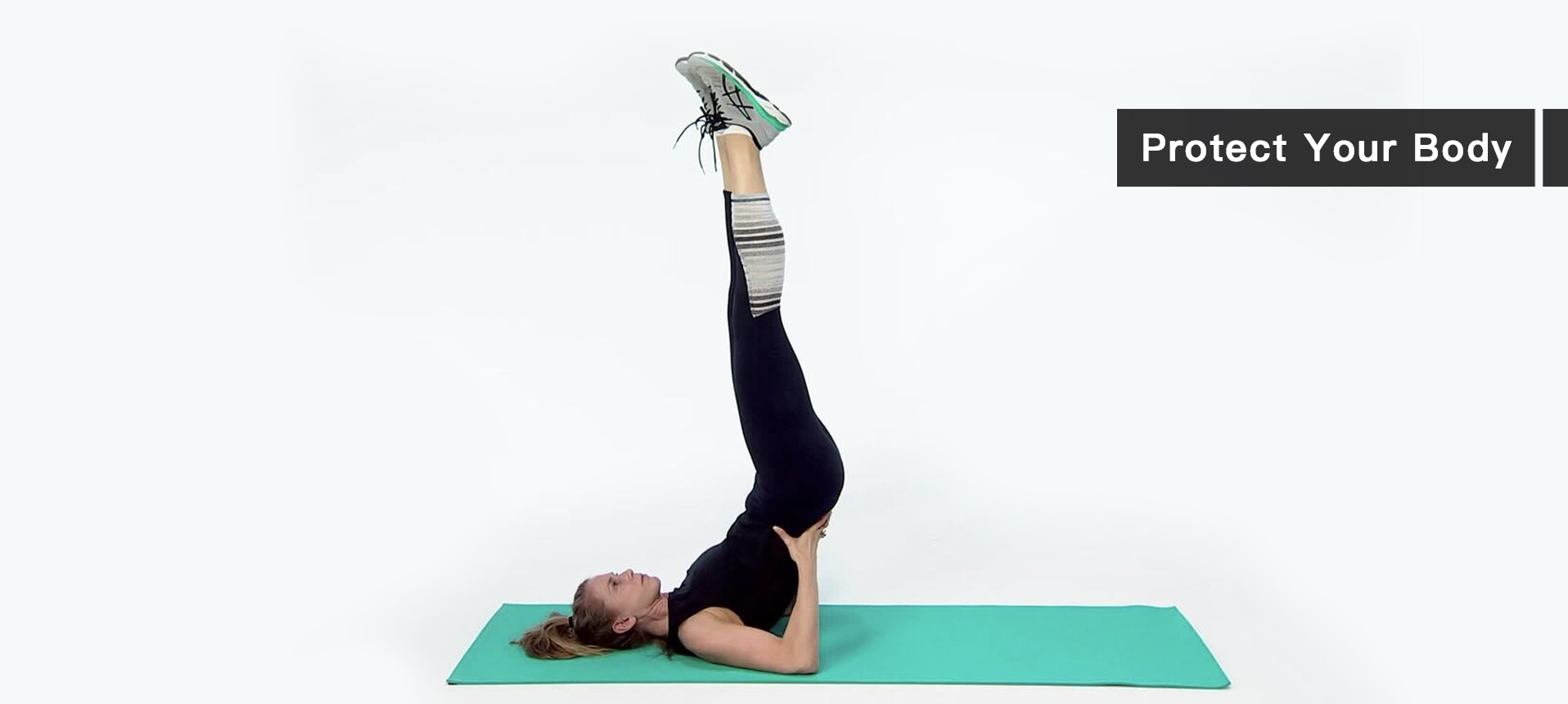 The perfect mat must match your needs in such a way that you can get better and far better at your Pilates or yoga classes in the 1+ years of using it– so dedicating to pick the best one will absolutely help update your practice in the long term. We’ve written all of it thoroughly in our article on exactly how to select your yoga mat.
The perfect mat must match your needs in such a way that you can get better and far better at your Pilates or yoga classes in the 1+ years of using it– so dedicating to pick the best one will absolutely help update your practice in the long term. We’ve written all of it thoroughly in our article on exactly how to select your yoga mat.
Select a mat that’s too thin and you may experience a lot of discomfort in your wrists, ankle joints, and knees when you hold postures for an extended period in hot yoga. At the other end of the range, one that is just thick for you can slow down your movement and keep you from feeling 100% supported– you’ll hopelessly sink into it.
By the time you’ve finished reading this article, you’ll understand all the options available to you, have a couple of myths unmasked as well as prepare to select the suitable mat according to your level and individual requirements.
Extra thick yoga mats
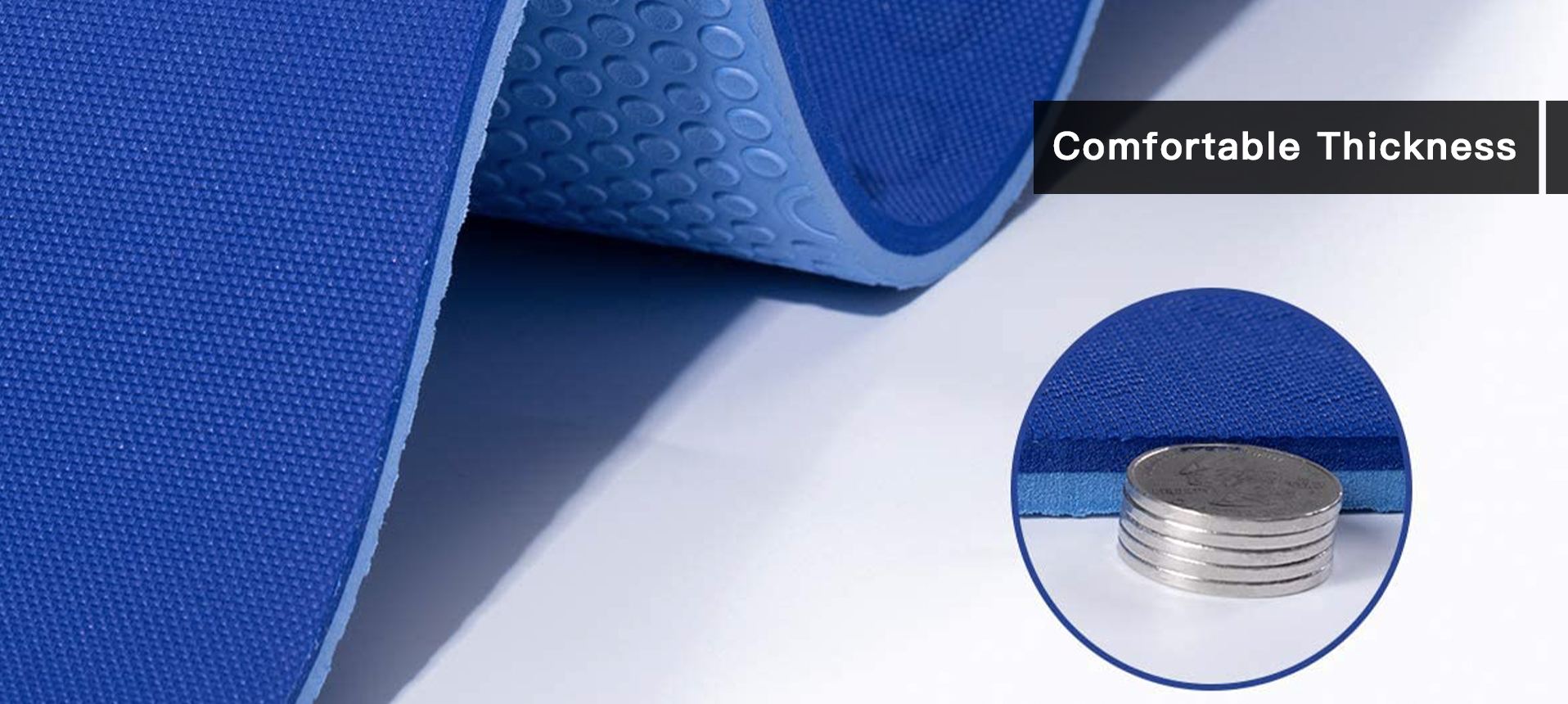 If you are looking for an extra thick yoga mat, you’ll be spoiled for selection. Many thicker mats are made from PVC or foam materials, which are the most common materials being utilized to make workout mats out.
If you are looking for an extra thick yoga mat, you’ll be spoiled for selection. Many thicker mats are made from PVC or foam materials, which are the most common materials being utilized to make workout mats out.
Several mats range from 6mm to 10 or 12 mm in thickness, which is about as thick as a woolen blanket and may well be * too much * for your daily practice. Among the downsides to these mats is that the materials are not eco-friendly and might include toxins that get launched into the environment long after the mat has been discarded. This may not be the type of material you’d want your skin to touch each day or with every workout, so the best guidance for looking after on your own as well as our planet would be to avoid mats constructed of synthetic materials.
So would certainly 6mm(1/2’’inch-thick) yoga mats and thicker be extra comfortable?
In terms of the convenience, you’ll get with a 6mm yoga mat (or thicker); any such mat might tend to come to be too cushion with time. Similar to a bed that’s way as well soft, you’ll have a tough time feeling comfy, especially when it concerns holding balancing poses or remaining in the same pose for a long time. Your hands and feet are likely to sink into the mat, making it a chore to fight through so much thickness when you try to go from one position to the next. Yoga is there to make us feel grounded, which may prove quite hard to achieve when you have too much of a barrier between your body and the ground itself.
The sweet spot: 4mm yoga mats.
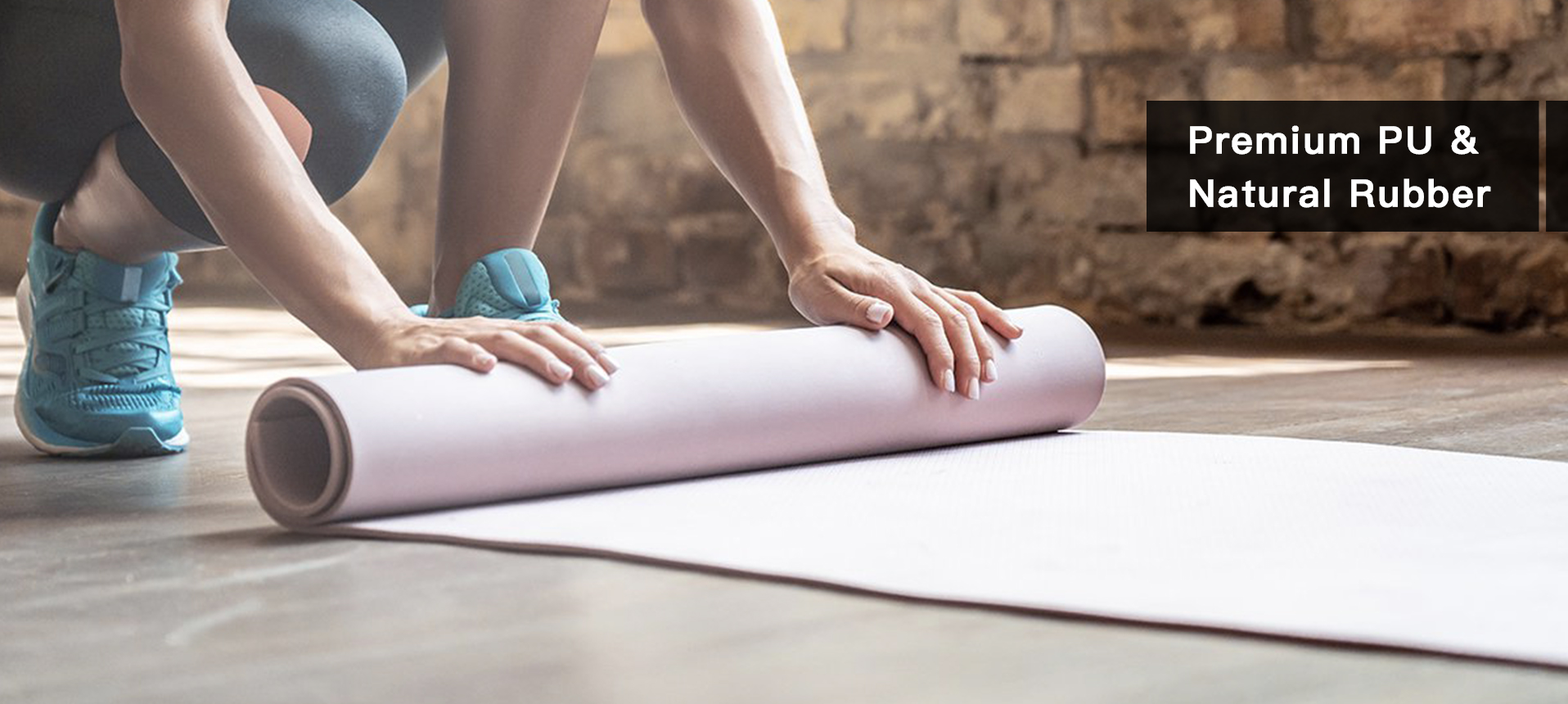 When it comes to mats, which are made of materials that are kinder to your body and the environment, there are more limited options. Luckily, mats that are made from natural materials like natural rubber or cork cannot be too thick, and will therefore keep you more in control of your balance while you practice as well as give you the right grip for not slipping. For instance, Sharklet mats are made from premium PU and natural rubber. This makes the absolute best material for grip. However, having more than 5mm thickness in natural rubber simply can’t be for a yoga mat – rubber is a heavy, dense material so a thicker natural rubber mat will be way too heavy. All-natural rubber provides enough supporting at 3.5– 4.5 mm and has more density than even more standard yoga mats, so there is no demand to go for a thicker mat than that. If traveling with your mat to or from the studio or taking it with you on holiday is essential to you, ensure you find a mat that is not too hefty and additionally features a carrying strap to help you take it anywhere.
When it comes to mats, which are made of materials that are kinder to your body and the environment, there are more limited options. Luckily, mats that are made from natural materials like natural rubber or cork cannot be too thick, and will therefore keep you more in control of your balance while you practice as well as give you the right grip for not slipping. For instance, Sharklet mats are made from premium PU and natural rubber. This makes the absolute best material for grip. However, having more than 5mm thickness in natural rubber simply can’t be for a yoga mat – rubber is a heavy, dense material so a thicker natural rubber mat will be way too heavy. All-natural rubber provides enough supporting at 3.5– 4.5 mm and has more density than even more standard yoga mats, so there is no demand to go for a thicker mat than that. If traveling with your mat to or from the studio or taking it with you on holiday is essential to you, ensure you find a mat that is not too hefty and additionally features a carrying strap to help you take it anywhere.
Traveling yoga mats– the incredibly thin variation for people with itchy feet.
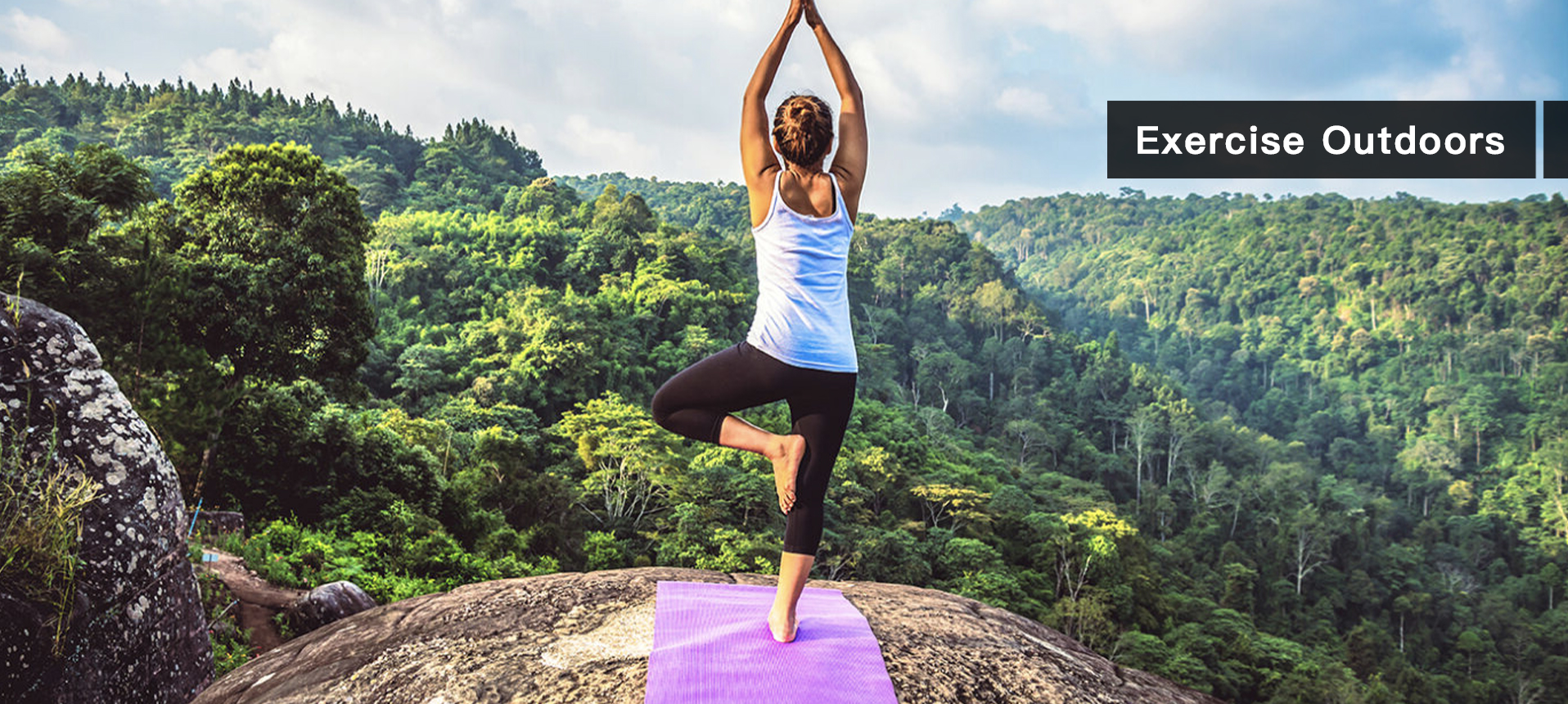 Travel yoga mats tend to be mostly paper-thin– someplace around 2mm in thickness for most of them.
Travel yoga mats tend to be mostly paper-thin– someplace around 2mm in thickness for most of them.
You’ll tell a travel mat apart from all the others by the fact that you can fold it easily, so you can take it anywhere with you. The drawback? There’s only so much cushioning it can supply, so if you utilize this mat straight on the floor, you are likely to feel it in your wrists after a few yoga exercise sequences or planks, particularly when transitioning from downward dog to chaturanga. They are light and so slim since they do what it claims on the tin– their only purpose is to make it very easy for you to take a trip with them. Fold your mat to fit it right into your bag if you want to stay fit on holiday, or take it from your house, to your workplace, after that to your neighborhood studio, as well as a back residence with no inconvenience. Yet, while you exercise, make sure you have something below it, such as a carpet or an additional workout mat to take some of the floor’s hardness away.
Think about the most effective thickness that will protect your joints.
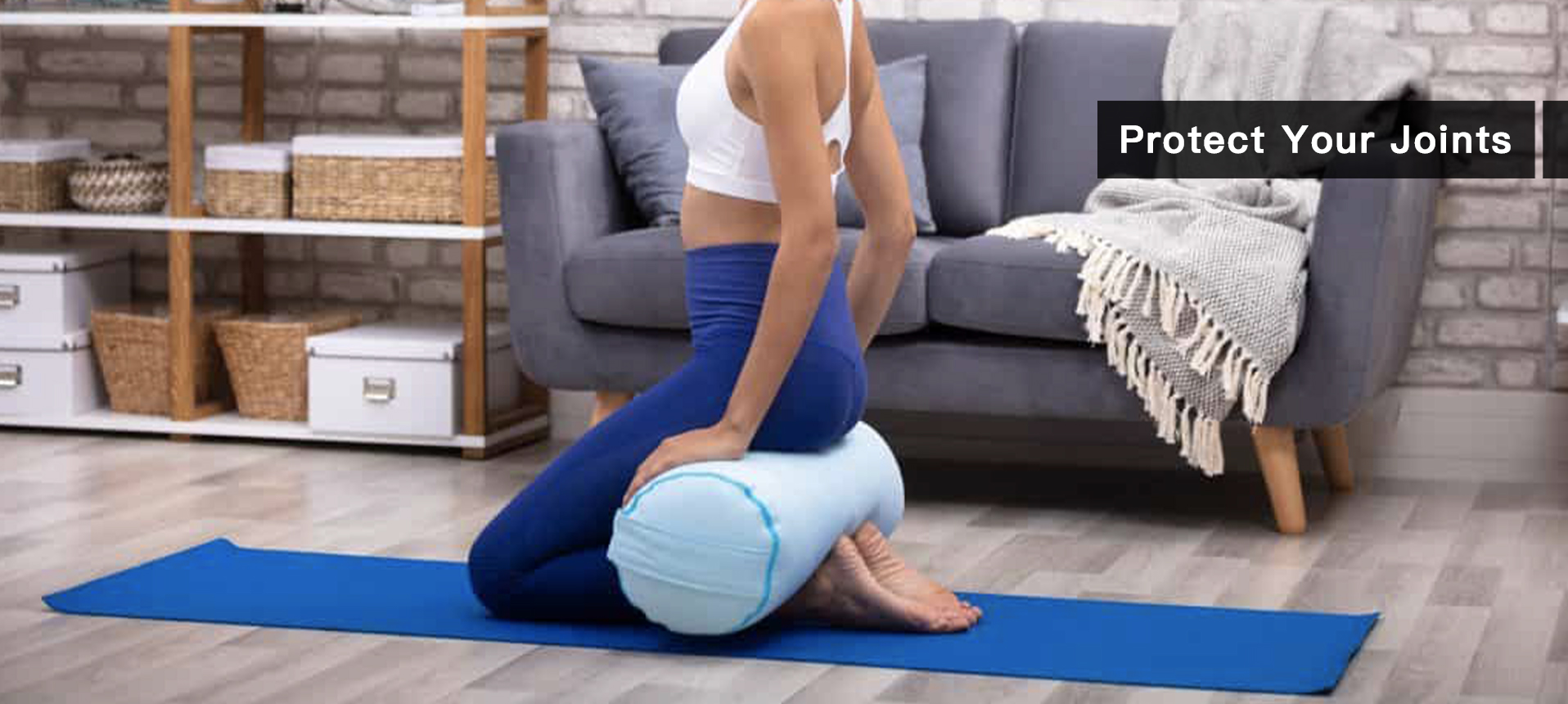 Your joint wellness determines the yoga or Pilates mat you require to choose.
Your joint wellness determines the yoga or Pilates mat you require to choose.
If you need extra cushioning and your mat is as well slim, fold it under your knees or wrists when you’re in a much more challenging pose to ensure that your joints are protected and don’t deal with any pain during or after practice.
Some mats have an added layer of material inside them to give you that added joint protection, such as an inner layer of anti-bacterial cotton that’s there for included comfort along with keeping your mat sanitary for longer.
The above ought to cover you perfectly unless you have a health condition, are working out with an injury, or are expecting. Ask your yoga exercise teacher or even your physician to make sure, especially if you are practicing with inflamed ankle joints, delicate joints, or have certain pain points that you are trying to protect while exercising. It’s always best to exercise additional care as there is not a one-size-fits-all in terms of yoga or Pilates equipment, so make sure you select what’s best on your own.


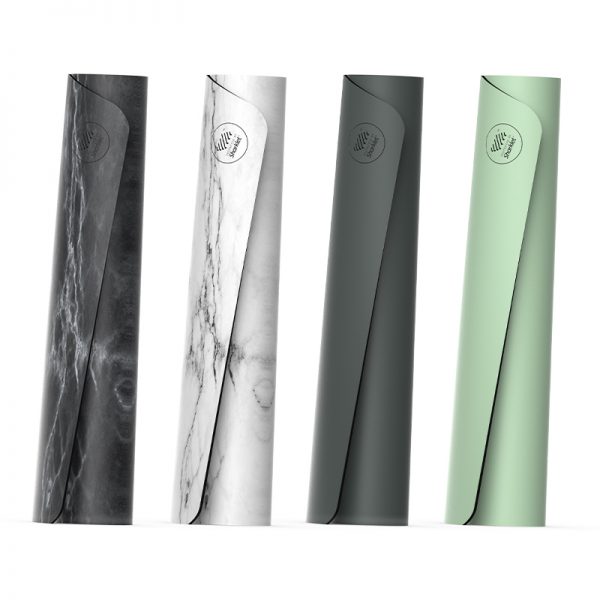
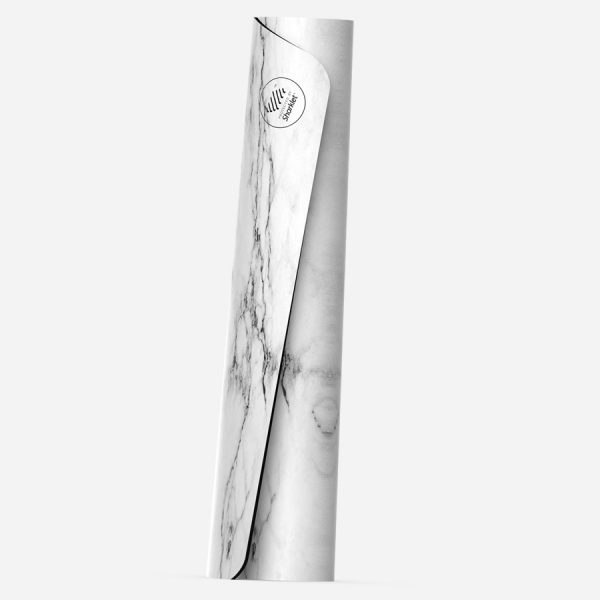
Leave a Reply